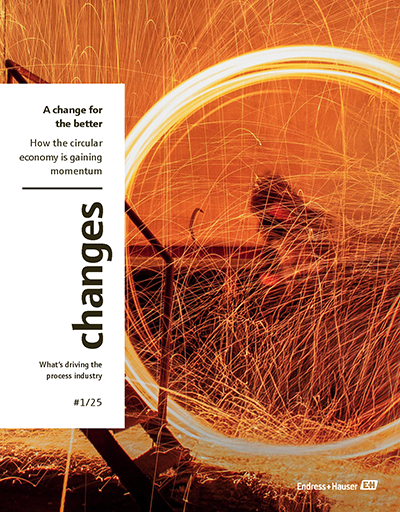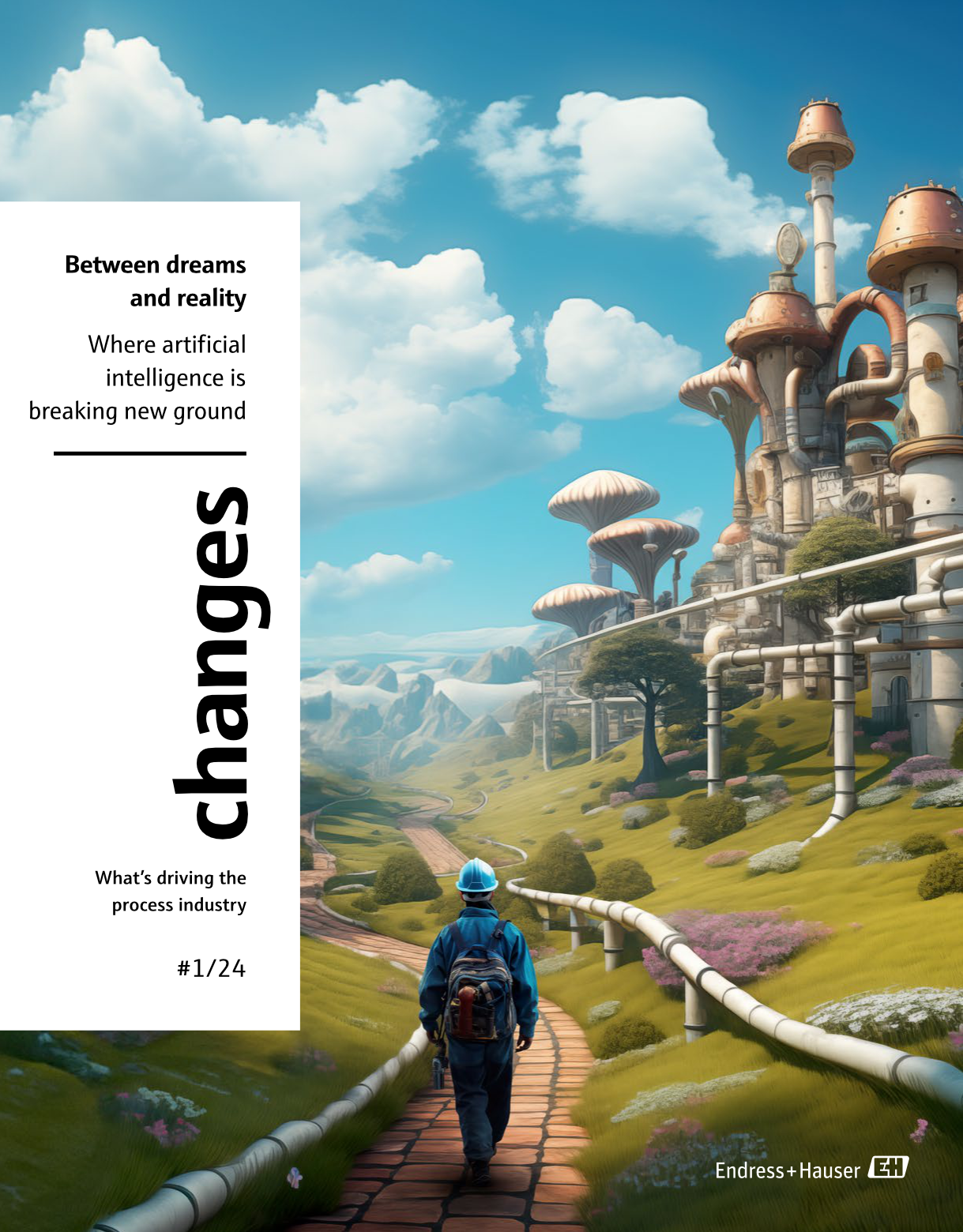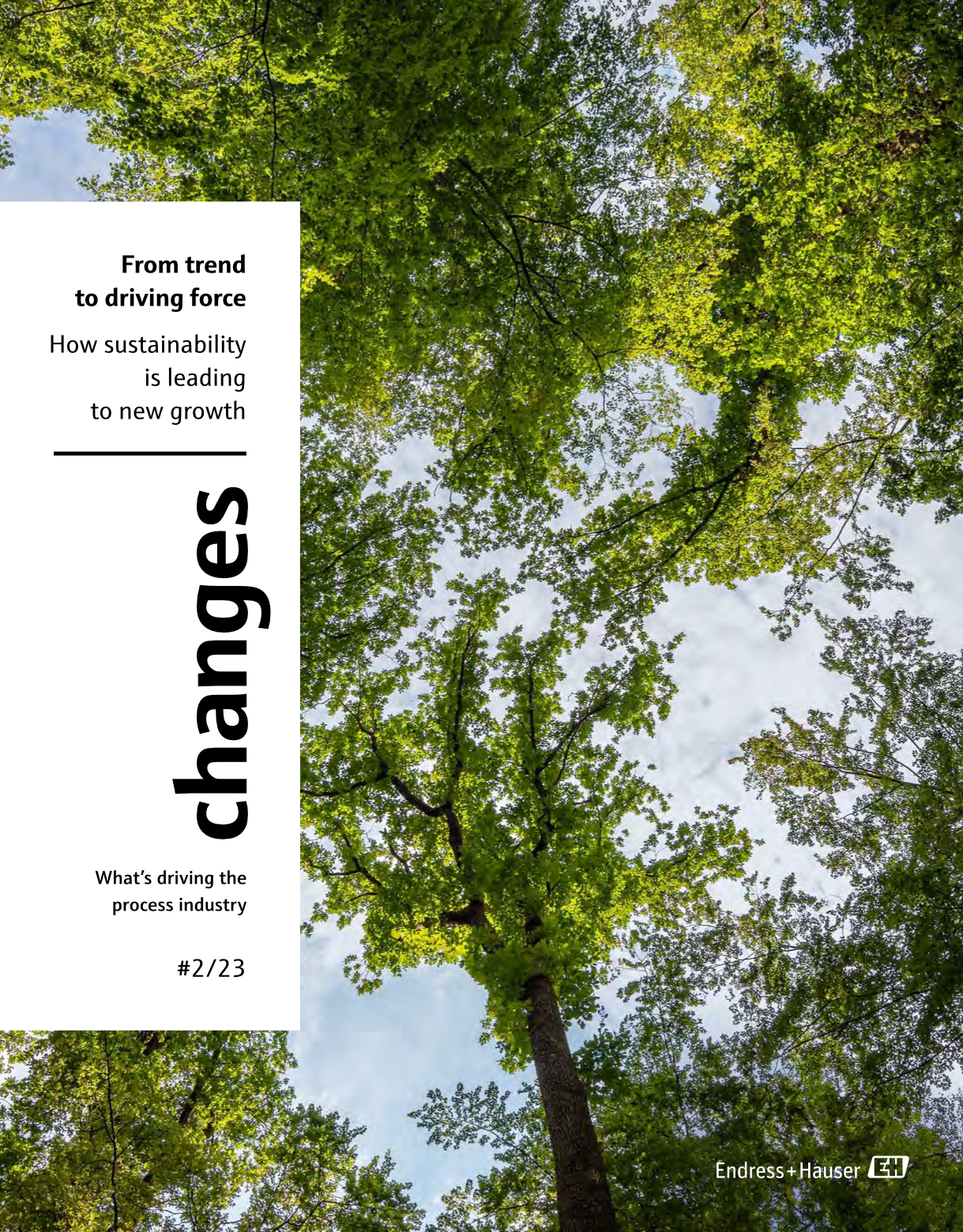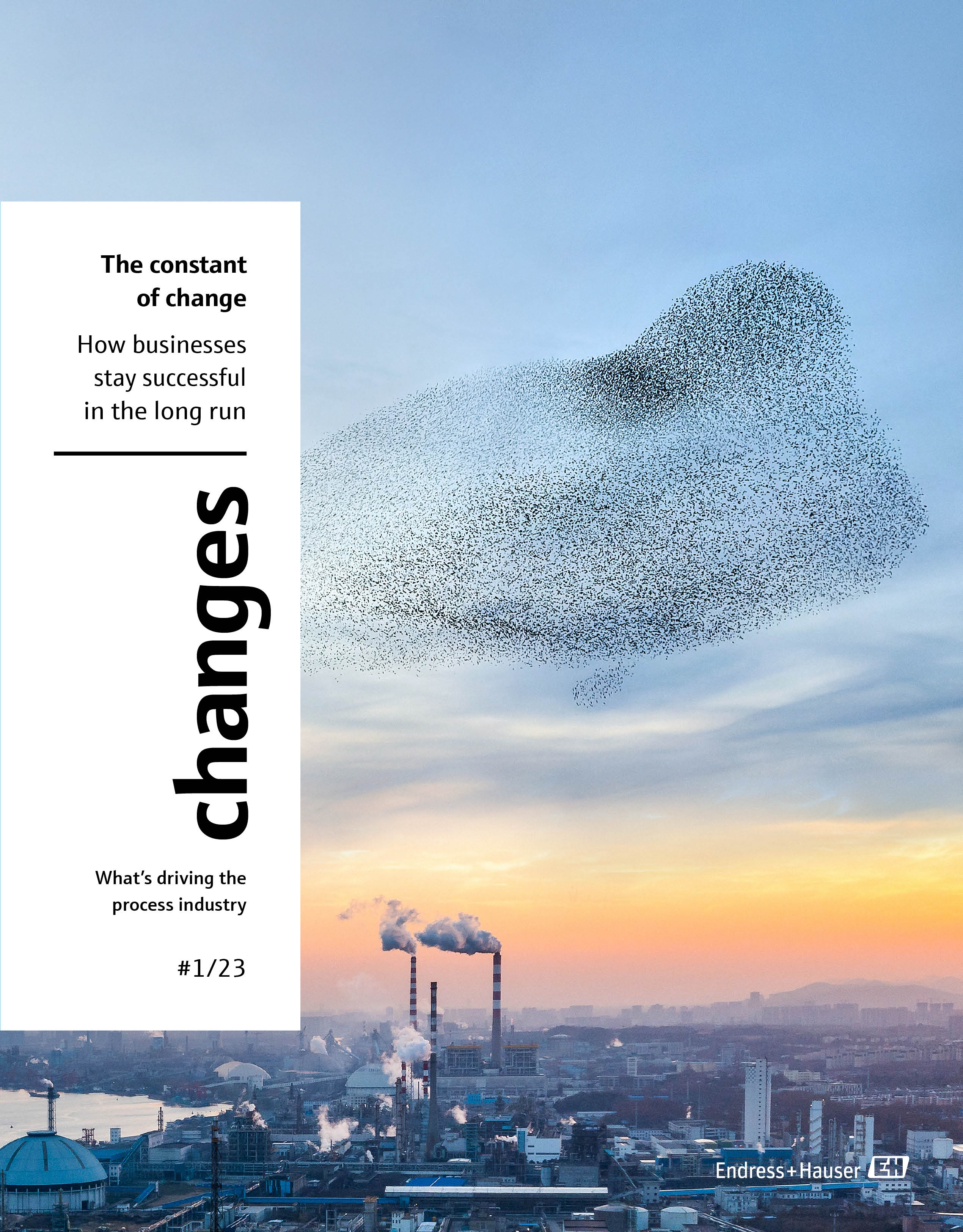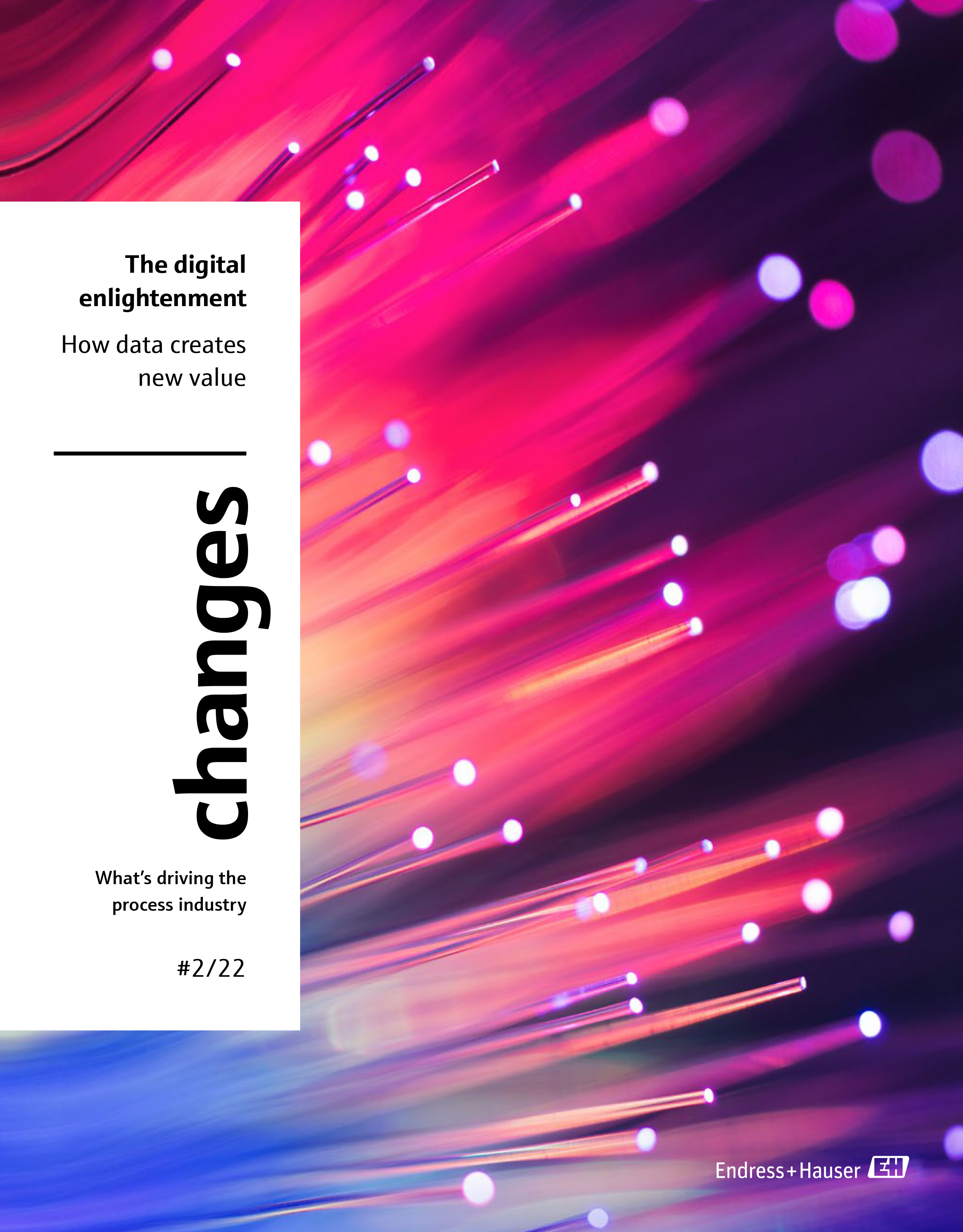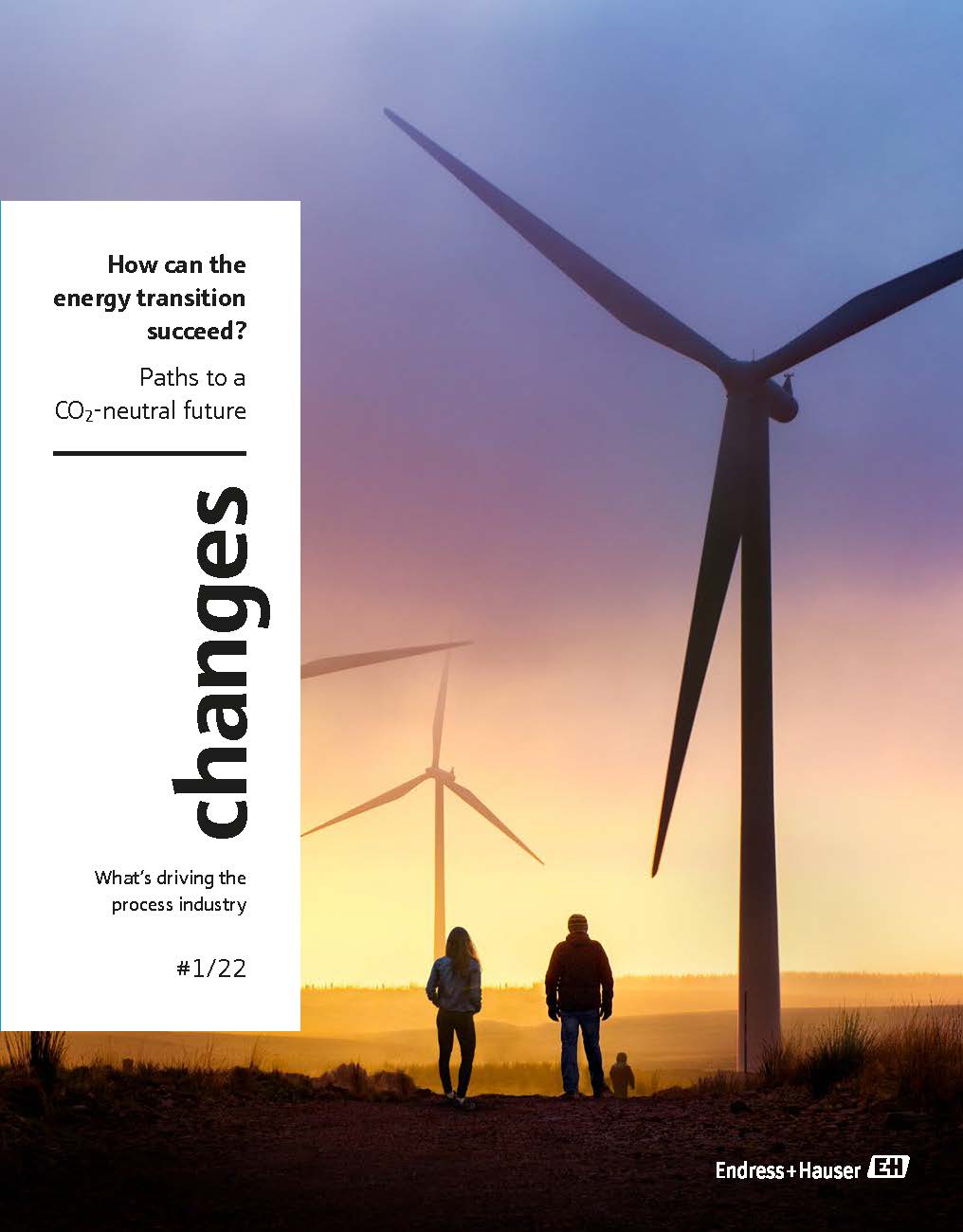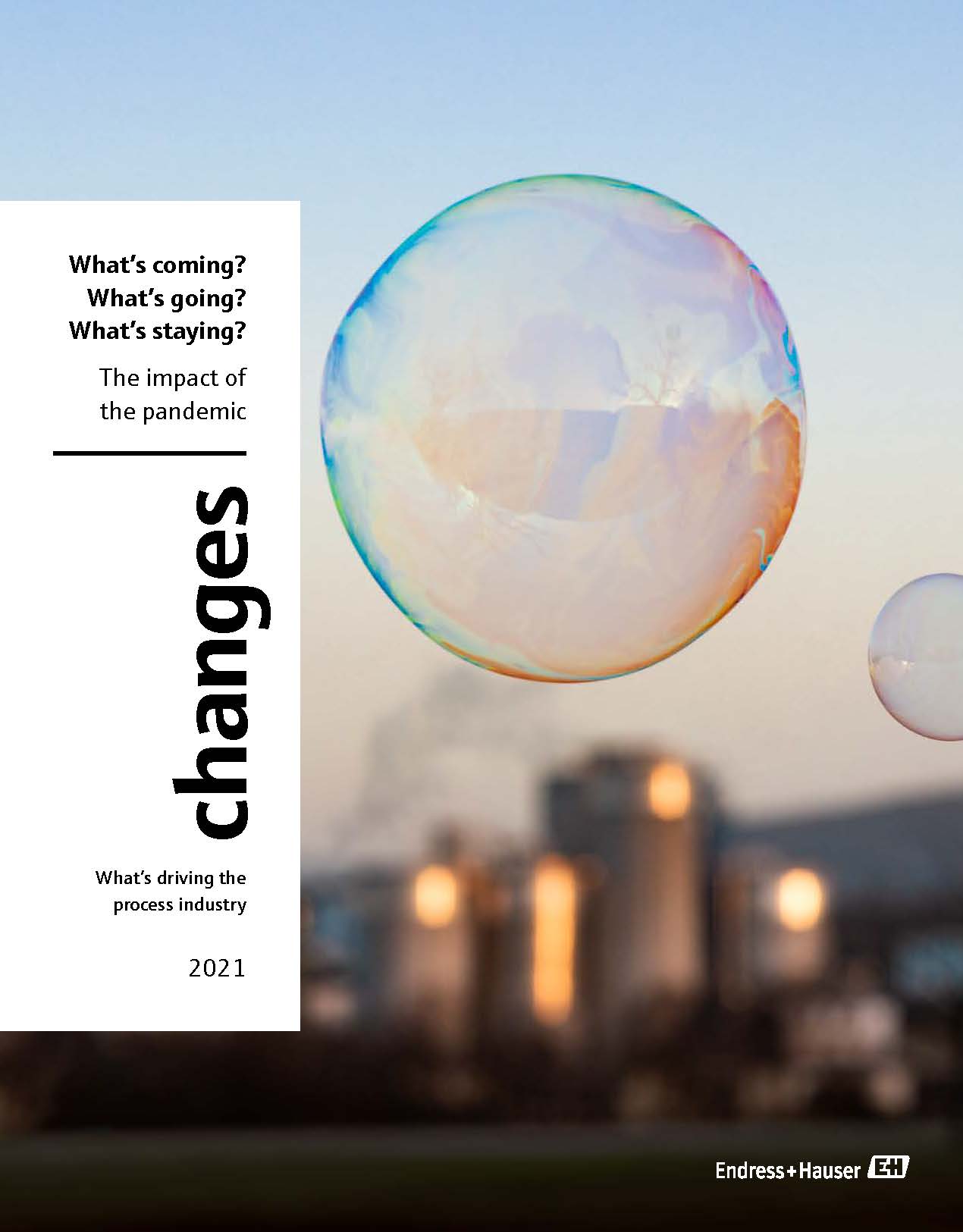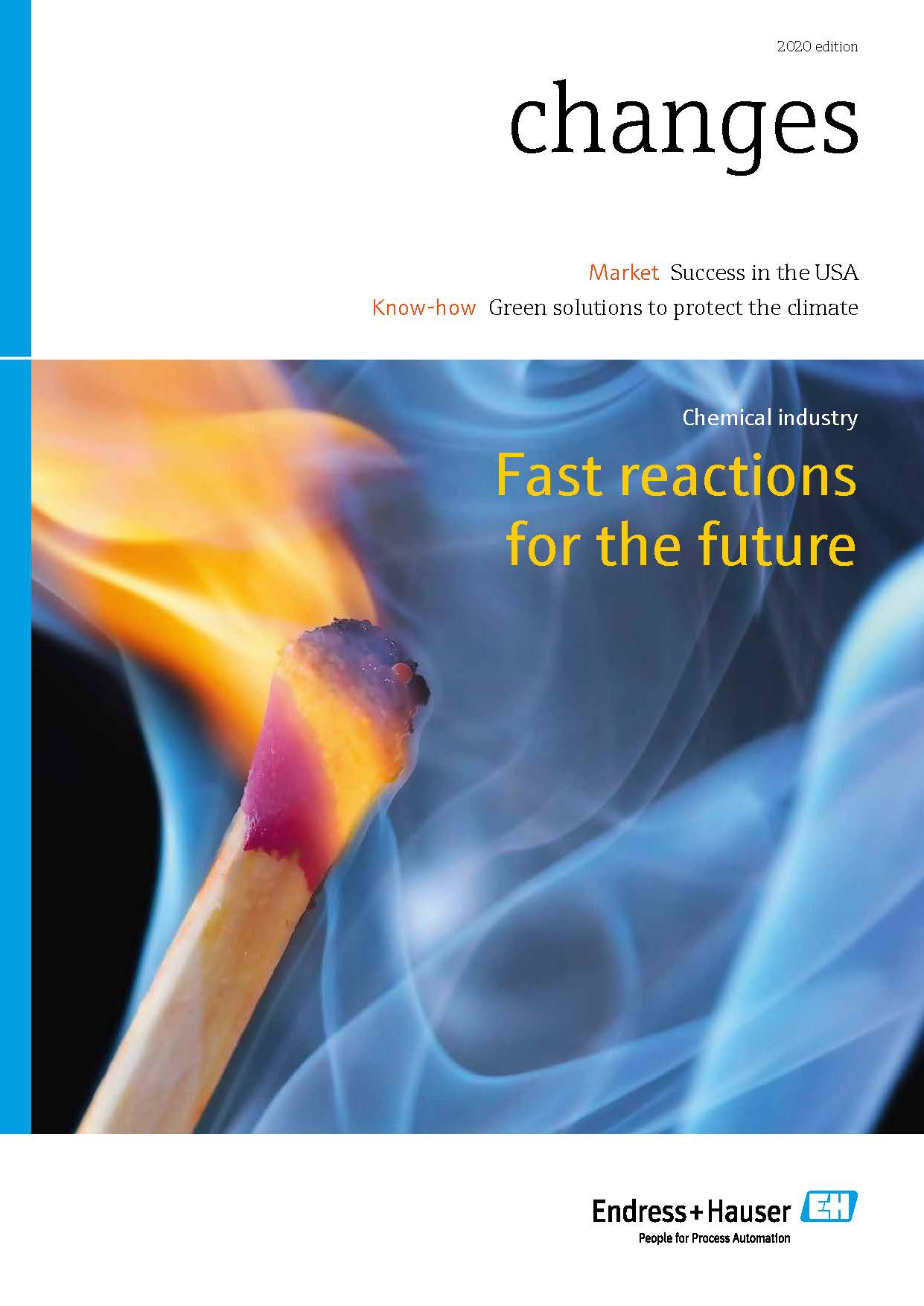Dump it!
Over time, humans have forgotten how to operate resource-efficient economies. But the path to a circular economy is still there. As proof, we needn’t just look back to the past. Positive approaches exist in the present, too – although there is still much to accomplish.
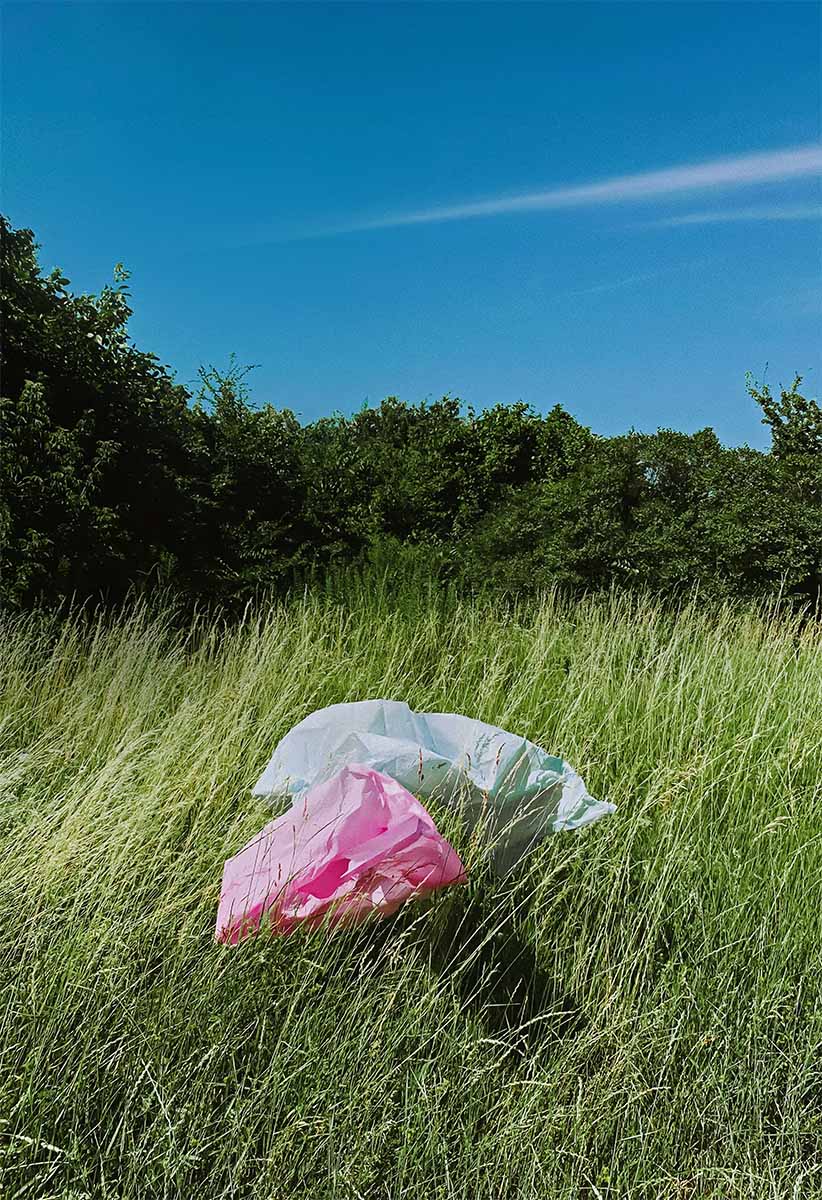
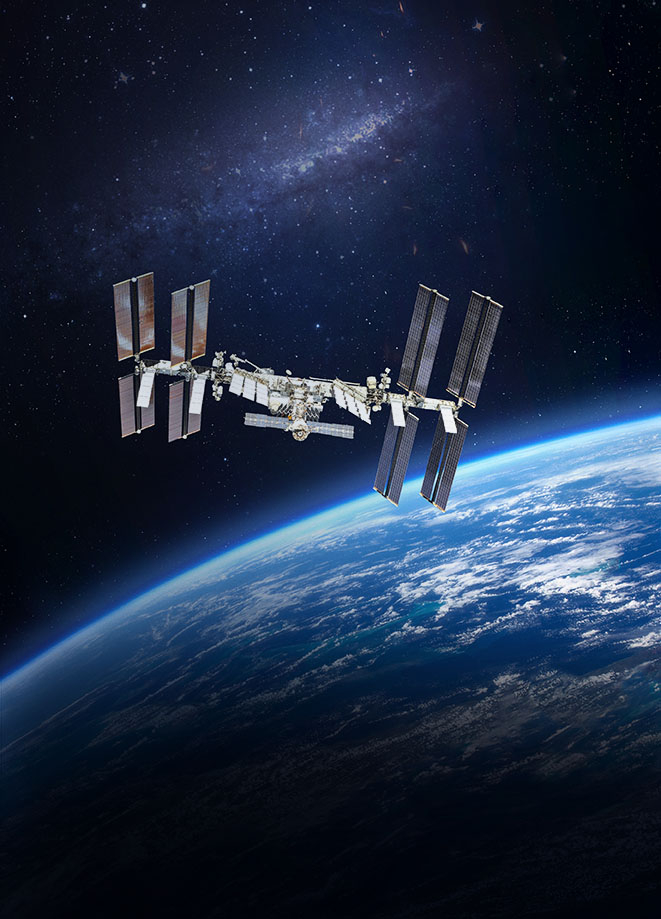
98%
of water on the ISS is captured and reused.
Out of this world
Lost in space? Not at all! The International Space Station (ISS) cannot afford to lose water, given the extreme cost of transporting fresh water into space. This is why 98 percent of the water that the crew consumes on board, sweats out or excretes as urine is recovered and treated to produce drinking water. A dehumidifier captures the airborne water vapor from breath and sweat and feeds it into a complex filtration system. Urine goes through a special distillation process. Developers recently succeeded in removing the water from the remaining urine brine, raising the recovery rate from 93 to 98 percent. Fun fact: according to the engineer in charge, the purified water up on the ISS is cleaner than the water we drink down on Earth.
“Earth’s nature is a circular system. The only way forward for the human race is to emulate nature and pursue a circular economy.”
Prof. Seeram Ramakrishna,
materials scientist and circular economy researcher
84%
of the steel ever produced worldwide is still in use due to its longevity and continuous recycling.
On the up and up
It is hard to top the construction industry in terms of how much carbon dioxide is released from the production of its materials. So there is an urgent need for climate-friendly alternatives to concrete. Bamboo is one such candidate as a building material in many Asian and South American countries. The fastest-growing plant in the world has many advantages: It combines the compressive strength of concrete with the tensile strength of steel. It is ready to harvest after just four years. One tonne of bamboo binds around 450 kilograms of CO2. And because it is a grass, cut stalks will sprout again. There are already industrial processes where bamboo is whittled into small strips and glued together. One challenge on the way to a sustainable cycle is the current lack of a bio-based adhesive. Prominent examples of bamboo construction include the roof cladding at Madrid Airport, the Hotel Jakarta in Amsterdam and the Green School, an international school in Bali.

< 1%
of the clothing produced worldwide is processed into new fibers for the textile industry. Two out of three manufactured garments end up directly in the trash. Just around one tenth of waste clothing goes into producing rags and thermal insulation materials.
Time for change
Today economies operate in linear fashion: extraction of natural resources on an ever grander scale, manufacturing them into products with the heavy emissions that entails, and consumption of those products, which then end up being discarded. But this means humans are overexploiting the Earth. And it has consequences: climate change, environmental pollution, species extinction, raw materials shortages, water scarcity. The circular economy, on the other hand, aims to keep products and materials in use for as long as possible, and to close material and energy cycles. Circularity conserves resources and avoids impacts on nature, so it can regenerate.


The value of things
Today’s throwaway, consumer society only came into existence just over 150 years ago with the start of the industrial revolution. Crafts were displaced by mechanized production. Goods could now be made quickly, cheaply and in high quantity. Low-cost oil in the 1950s fueled the trend towards short-lived products. Yet throughout the preceding millennia it was scarcity and shortages that governed humanity’s relationship with objects and materials. So in order to preserve their value for as long as possible, things were repaired, reused or recycled.
Our predecessors of 500,000 years ago, the Neanderthals, were already adept at turning their broken flint axes into new, smaller tools.
The Colossus of Rhodes is one of the seven wonders of the ancient world. An earthquake destroyed the 30-meter-high bronze statue around 226 BC. Word has it that 900 years later, a merchant bought the fragments and had them melted down.
Prior to the industrial revolution, clothing was always mended. Irretrievably worn-out textiles went into papermaking, or were picked apart and their threads re-woven into fabric for new garments.
Circularity Gap
The annual Circularity Gap Report examines the extent to which raw material cycles are already closed. Spoiler alert: it’s not as good as you’d hope. And there is a big gap between talking about it and taking concrete action. In the past five years the number of published articles and discussions about the circular economy has tripled. Meanwhile, just seven percent of raw materials consumed worldwide came from recycling in 2023, down from nine percent in 2019. This is due, in part, to increasing general demand for materials. Which is to say that right now, the gap between the circular and the linear economy is widening rather than narrowing.
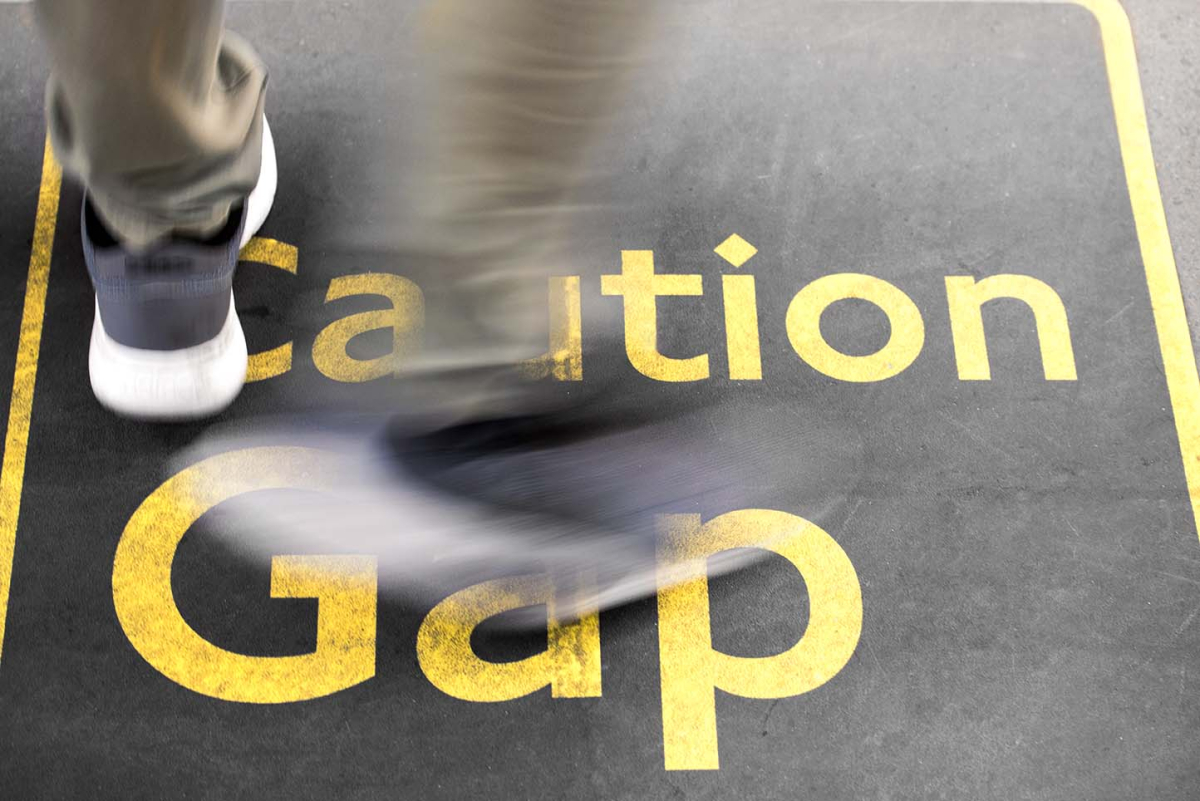
Published 06.03.2025, last updated 12.05.2025.
Dive into the world of the process industry through new exciting stories every month with our «changes» newsletter!
